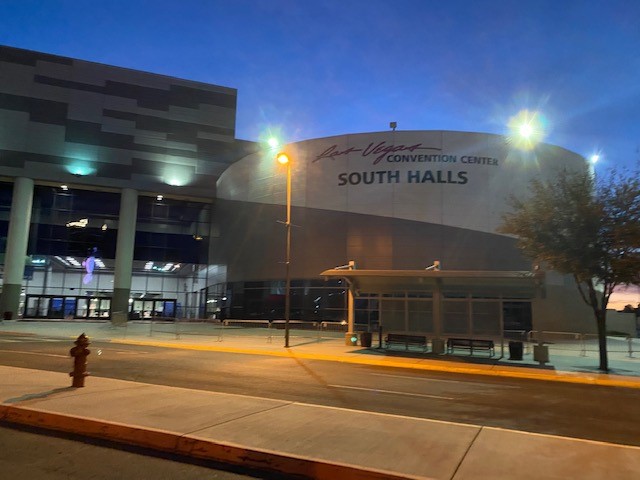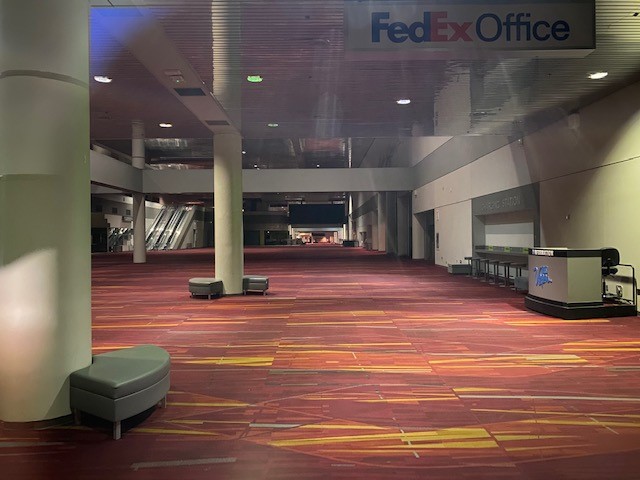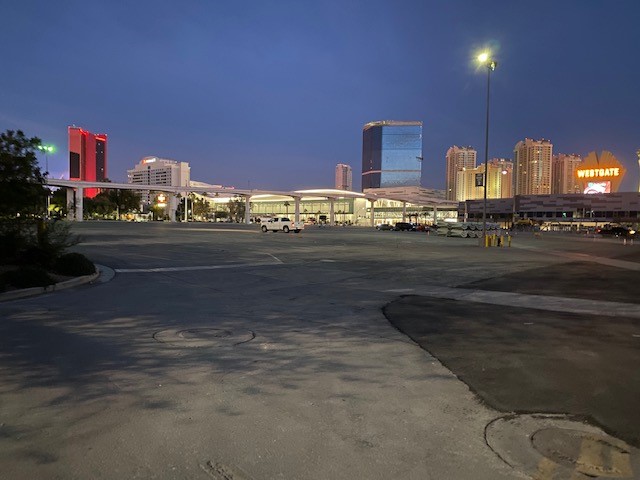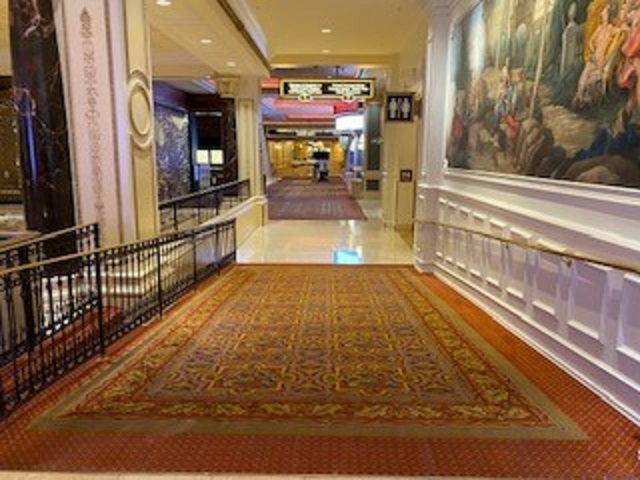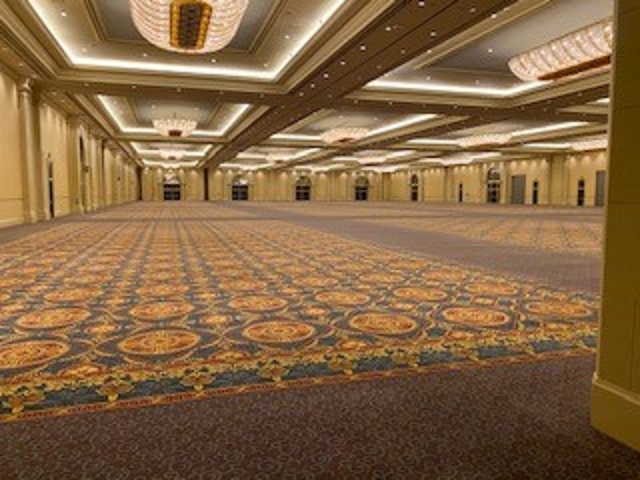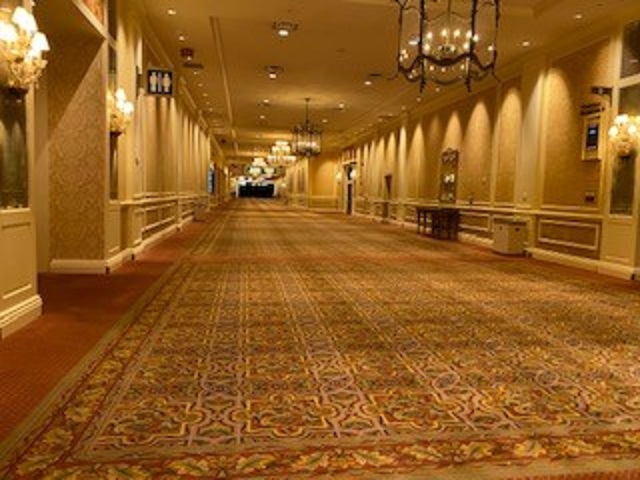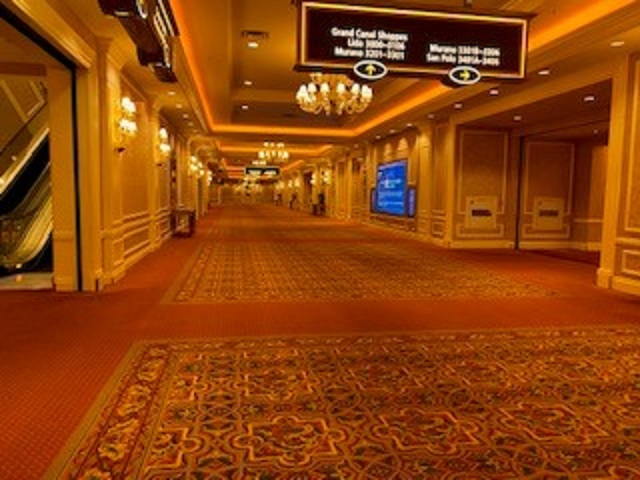There are no hour-long cab lines in Las Vegas, no wait lists at the clubs and casinos. The restaurants are deserted, and the Las Vegas Convention Center’s 13 exhibit halls, totaling 1.9 million square feet, are as quiet as a tomb. CES 2021 is here — sort of.
Virtual CES has kicked off, with its virtual keynotes, virtual product demonstrations, and virtual attendees, a necessary reaction to the coronavirus pandemic that has transformed society. Sure, holding the show virtually offers potential opportunity: We’ve seen VR demos, augmented reality apps, and online meet-and-greet sessions.
Yet the switch to a virtual show is having a devastating economic impact on the city of Las Vegas, where the show has been held for decades. CES is the largest convention to hit the city all year, filling not just the Las Vegas Convention Center but all of the city’s hotels. It means dollars in the pockets of cabdrivers, tips for doormen and waiters; it’s no exaggeration to say that CES drives the Las Vegas economy.
So what happens when CES goes virtual?
To document the transformation, Mitch Goldstone, a longtime CES attendee and the owner of ScanMyPhotos.com, flew to Las Vegas for CES this year. What he saw was heartbreaking.
“I have tears in my eyes,” Goldstone told Digital Trends. “This is cataclysmic, an economic nuclear bomb. Last year: 170,000 CES attendees. Now it’s just me,” he said. Goldstone is staying at the Bellagio, which has a 16% occupancy rate, he said, rather than the 100% the hotel would expect at this time of year. Goldstone — a native New Yorker — compared the impact to 9/11, which shook New York City to its core. “This is just as bad in a different way. Each hotel employee I speak to is teary-eyed and stunned.”
Photos from Las Vegas exclusively provided to Digital Trends tell a story of their own: The parking lots designed for an army, occupied by no one. The iconic red-and-yellow carpets of the LVCC, devoid of weary showgoers. In years past, CES itself spilled out into the parking lot, with carnival-like exhibits and temporary facilities built to house the overflow from the Las Vegas Convention Center. Today it is abandoned.
The entry to the LVCC itself is typically swarming with people, lined up for busses and cabs to travel between hotels, the strip, and the main show. Today there is no one there, and no sign of the usual activity.
“Closer to home, my company is also emotionally devastated,” Goldstone noted. “We are dealing firsthand with the pandemic in the worst way. 40% of all photo scanning orders are now from families preparing virtual Zoom funerals for those lost to COVID-19.”
